Home>Gardening & Outdoor>Landscaping Ideas>How Deep Should A Raised Garden Bed Be For Tomatoes
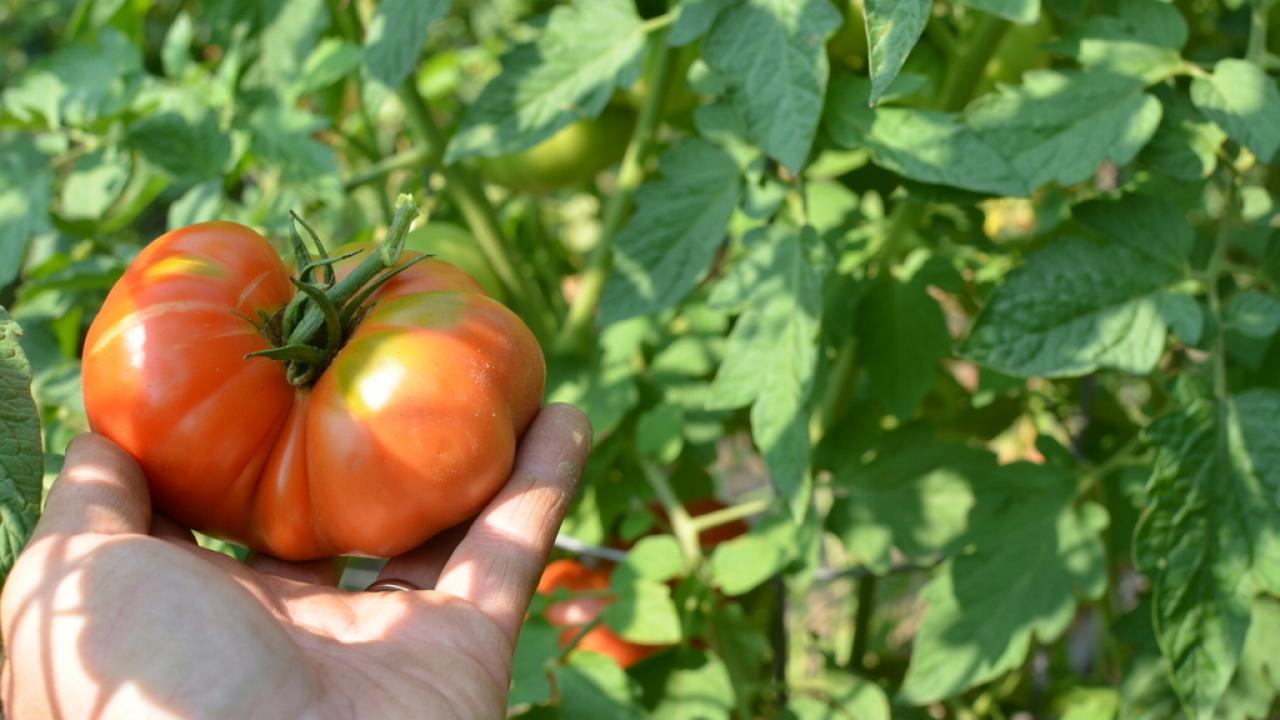

Landscaping Ideas
How Deep Should A Raised Garden Bed Be For Tomatoes
Modified: March 19, 2024
Learn the ideal depth for raised garden beds to grow healthy and productive tomatoes. Get expert landscaping ideas for your garden.
(Many of the links in this article redirect to a specific reviewed product. Your purchase of these products through affiliate links helps to generate commission for Storables.com, at no extra cost. Learn more)
Introduction
When it comes to cultivating a thriving garden, the depth of a raised garden bed plays a crucial role, especially when growing tomatoes. Raised garden beds offer numerous benefits, including improved soil drainage, better control over soil quality, and reduced strain on the gardener's back. However, determining the ideal depth for a raised garden bed for tomatoes requires careful consideration of various factors.
The depth of a raised garden bed directly impacts the root development and overall growth of tomato plants. Understanding the specific requirements for growing tomatoes in a raised bed is essential for achieving a bountiful harvest. In this comprehensive guide, we will explore the factors to consider when determining the depth of a raised garden bed for tomatoes, the ideal depth for optimal tomato growth, and valuable tips for successfully cultivating tomatoes in raised garden beds.
By delving into these key aspects, both novice and experienced gardeners can gain valuable insights into creating the perfect environment for their tomato plants to flourish. Let's embark on this horticultural journey and uncover the secrets to maximizing the potential of raised garden beds for growing delectable, juicy tomatoes.
Key Takeaways:
- For thriving tomato plants, raised garden beds should be 12-18 inches deep. This allows robust root development, optimal soil quality, and better moisture retention, leading to a bountiful harvest.
- Choosing the right tomato varieties, providing support, and practicing proper maintenance techniques are essential for successful tomato cultivation in raised garden beds. With care and attention, gardeners can enjoy a rewarding and fruitful gardening journey.
Read more: How Deep Should A Raised Garden Bed Be
Factors to Consider
When determining the depth of a raised garden bed for growing tomatoes, several crucial factors come into play. Understanding and carefully considering these elements is essential for creating an optimal environment that promotes healthy tomato plants and a bountiful harvest.
1. Root Development:
Tomatoes are known for their extensive root systems, which play a pivotal role in nutrient uptake and overall plant health. When planning the depth of a raised garden bed for tomatoes, it's vital to provide sufficient space for robust root development. A deeper bed allows the roots to penetrate deeply into the soil, accessing essential nutrients and moisture, which is particularly beneficial during hot and dry periods.
2. Soil Quality and Drainage:
The depth of a raised garden bed directly influences the soil's quality and drainage capabilities. Deeper beds offer a greater volume of soil, allowing for better aeration and water retention. This is especially advantageous for tomatoes, as consistent moisture levels are crucial for preventing issues such as blossom end rot. Additionally, well-draining soil helps prevent waterlogged conditions that can lead to root rot and other detrimental effects on tomato plants.
3. Microclimate and Temperature Regulation:
The depth of a raised garden bed can impact the soil's ability to moderate temperature fluctuations. Deeper beds provide more insulation, which can be advantageous in regions with fluctuating temperatures. This is particularly relevant for tomatoes, as they thrive in warm soil conditions. A deeper bed can help maintain stable soil temperatures, promoting optimal growth and fruit development.
Read more: How Deep Should My Garden Bed Be
4. Gardener's Preferences and Physical Limitations:
Consideration should also be given to the gardener's preferences and physical limitations. A deeper raised garden bed may be preferred by gardeners who want to experiment with a wider range of plant varieties or those seeking to minimize bending and stooping during maintenance tasks. Additionally, individuals with physical limitations may find it more manageable to work with deeper beds, enhancing their overall gardening experience.
5. Overall Garden Design and Aesthetic Appeal:
The depth of a raised garden bed should harmonize with the overall garden design and aesthetic preferences. Deeper beds can create visually striking focal points and offer versatility in landscaping designs. Furthermore, they can provide a sense of depth and dimension to the garden, contributing to its overall visual appeal.
By carefully considering these factors, gardeners can make informed decisions regarding the depth of raised garden beds for growing tomatoes. Each element plays a crucial role in creating an environment that supports the vigorous growth and abundant fruiting of tomato plants, ultimately contributing to a successful and rewarding gardening experience.
Ideal Depth for Raised Garden Beds
The ideal depth for raised garden beds is a critical consideration when aiming to create an optimal environment for growing tomatoes. While there is no one-size-fits-all answer, a general guideline for the ideal depth of a raised garden bed for tomatoes ranges from 12 to 18 inches. However, several factors should be taken into account to determine the most suitable depth for a specific gardening scenario.
First and foremost, the depth of a raised garden bed directly impacts the root development of tomato plants. Tomatoes are known for their extensive root systems, and providing adequate space for root growth is essential for their overall health and productivity. A deeper bed allows the roots to penetrate deeply into the soil, accessing essential nutrients and moisture, which is particularly beneficial during hot and dry periods. Therefore, a deeper bed, such as one measuring 18 inches in depth, can accommodate the vigorous root development of tomato plants, contributing to robust growth and abundant fruiting.
Furthermore, the soil quality and drainage capabilities are influenced by the depth of a raised garden bed. Deeper beds offer a greater volume of soil, allowing for better aeration and water retention. This is particularly advantageous for tomatoes, as consistent moisture levels are crucial for preventing issues such as blossom end rot. Additionally, well-draining soil helps prevent waterlogged conditions that can lead to root rot and other detrimental effects on tomato plants. Therefore, a deeper bed provides a more stable and favorable environment for tomato cultivation.
In addition to root development and soil quality, the microclimate and temperature regulation within the raised garden bed should be considered. Deeper beds provide more insulation, which can be advantageous in regions with fluctuating temperatures. This is particularly relevant for tomatoes, as they thrive in warm soil conditions. A deeper bed can help maintain stable soil temperatures, promoting optimal growth and fruit development, especially during cooler periods.
Moreover, the gardener's preferences and physical limitations play a role in determining the ideal depth for raised garden beds. Individuals with physical limitations may find it more manageable to work with deeper beds, enhancing their overall gardening experience. Additionally, deeper beds may be preferred by gardeners who want to experiment with a wider range of plant varieties or those seeking to minimize bending and stooping during maintenance tasks.
Overall, the ideal depth for raised garden beds for growing tomatoes is a multifaceted consideration that encompasses root development, soil quality, microclimate regulation, and the gardener's preferences. By carefully evaluating these factors, gardeners can determine the most suitable depth for their raised garden beds, creating an environment that fosters the vigorous growth and abundant fruiting of tomato plants.
Tips for Growing Tomatoes in Raised Garden Beds
-
Select the Right Tomato Varieties: When growing tomatoes in raised garden beds, it's essential to choose varieties that are well-suited for this environment. Look for determinate or bush tomato varieties that are known for their compact growth habits, making them ideal for confined spaces such as raised beds. Additionally, consider the specific growing conditions in your region and select tomato cultivars that thrive in your climate.
-
Provide Adequate Support: Tomatoes require proper support to prevent sprawling and ensure optimal fruit production. Install sturdy trellises, cages, or stakes in the raised garden bed to support the tomato plants as they grow. This not only helps maintain the plants' upright growth but also facilitates air circulation and sunlight exposure, reducing the risk of disease and promoting even ripening of the fruits.
-
Optimize Soil Quality: Prioritize soil quality by using a well-balanced mix of compost, peat moss, and vermiculite in the raised garden bed. This ensures good drainage, aeration, and nutrient retention, creating an optimal growing medium for tomatoes. Regularly amend the soil with organic matter to promote microbial activity and enhance overall soil fertility, which is crucial for robust tomato growth.
-
Mulch for Moisture Retention: Apply a layer of organic mulch, such as straw or shredded leaves, around the base of the tomato plants. Mulching helps conserve soil moisture, regulates soil temperature, and suppresses weed growth. For raised garden beds, mulching also contributes to maintaining consistent moisture levels, which is vital for preventing issues like blossom end rot and ensuring the healthy development of tomato fruits.
-
Monitor Watering Practices: Raised garden beds can dry out more quickly than traditional ground-level gardens, especially during hot weather. Therefore, it's important to monitor the moisture levels regularly and water the tomato plants consistently. Aim for deep, thorough watering to encourage deep root growth and minimize the frequency of watering. Consider using drip irrigation systems or soaker hoses to deliver water directly to the root zone, promoting efficient water utilization.
-
Implement Crop Rotation: To prevent soil-borne diseases and maintain soil fertility, practice crop rotation within the raised garden beds. Avoid planting tomatoes in the same location year after year. Instead, rotate tomato crops with unrelated plant families to minimize the buildup of pests and diseases specific to tomatoes. This practice also helps balance nutrient depletion and promotes overall soil health.
-
Prune and Remove Suckers: Regular pruning and sucker removal are essential for managing the growth of tomato plants in raised beds. Pruning helps improve air circulation, reduces the risk of fungal diseases, and directs the plant's energy towards fruit production. Remove suckers – the small shoots that develop in the leaf axils – to encourage the growth of larger, healthier fruits and maintain the plant's overall vigor.
-
Monitor for Pests and Diseases: Keep a close eye on the tomato plants for signs of pests and diseases. Inspect the foliage, stems, and fruits regularly to identify any issues early on. Implement integrated pest management strategies, such as hand-picking pests, using natural predators, and applying organic pest control methods when necessary. Additionally, be proactive in addressing common tomato diseases, such as early blight and powdery mildew, to prevent their spread and minimize damage to the plants.
By implementing these tips, gardeners can maximize the potential of raised garden beds for growing robust and productive tomato plants. With careful attention to detail and proactive management practices, cultivating flavorful and abundant tomatoes in raised beds becomes an achievable and rewarding endeavor.
Read more: How High Should Raised Garden Bed Be
Conclusion
In conclusion, the depth of a raised garden bed for growing tomatoes is a pivotal consideration that significantly influences the success of tomato cultivation. By carefully evaluating various factors such as root development, soil quality, microclimate regulation, and the gardener's preferences, gardeners can determine the ideal depth for their raised garden beds, creating an environment that fosters the vigorous growth and abundant fruiting of tomato plants.
The ideal depth for raised garden beds for tomatoes typically ranges from 12 to 18 inches, providing ample space for robust root development and ensuring optimal soil quality and drainage. Deeper beds offer numerous advantages, including enhanced moisture retention, improved temperature regulation, and greater flexibility in plant selection, making them an excellent choice for cultivating tomatoes.
Furthermore, implementing specific strategies for growing tomatoes in raised garden beds, such as selecting suitable tomato varieties, providing adequate support, optimizing soil quality, and practicing proper maintenance techniques, can significantly contribute to the overall success of tomato cultivation. These strategies empower gardeners to create an environment that maximizes the growth potential of tomato plants, leading to a bountiful harvest of flavorful and nutritious tomatoes.
By embracing the benefits of raised garden beds and tailoring the depth to meet the specific needs of tomato plants, gardeners can elevate their gardening experience and enjoy the satisfaction of nurturing thriving tomato crops. Whether it's the joy of harvesting vine-ripened tomatoes for culinary creations or the fulfillment of witnessing healthy tomato plants flourish, the careful consideration of raised garden bed depth for tomatoes opens the door to a rewarding and fruitful gardening journey.
In essence, the depth of a raised garden bed for growing tomatoes serves as a foundational element in creating an environment that supports the vitality and productivity of tomato plants. Through thoughtful planning, informed decision-making, and attentive care, gardeners can harness the potential of raised garden beds to cultivate an abundant supply of delectable tomatoes, enriching their gardening endeavors and reaping the rewards of a flourishing harvest.
Frequently Asked Questions about How Deep Should A Raised Garden Bed Be For Tomatoes
Was this page helpful?
At Storables.com, we guarantee accurate and reliable information. Our content, validated by Expert Board Contributors, is crafted following stringent Editorial Policies. We're committed to providing you with well-researched, expert-backed insights for all your informational needs.
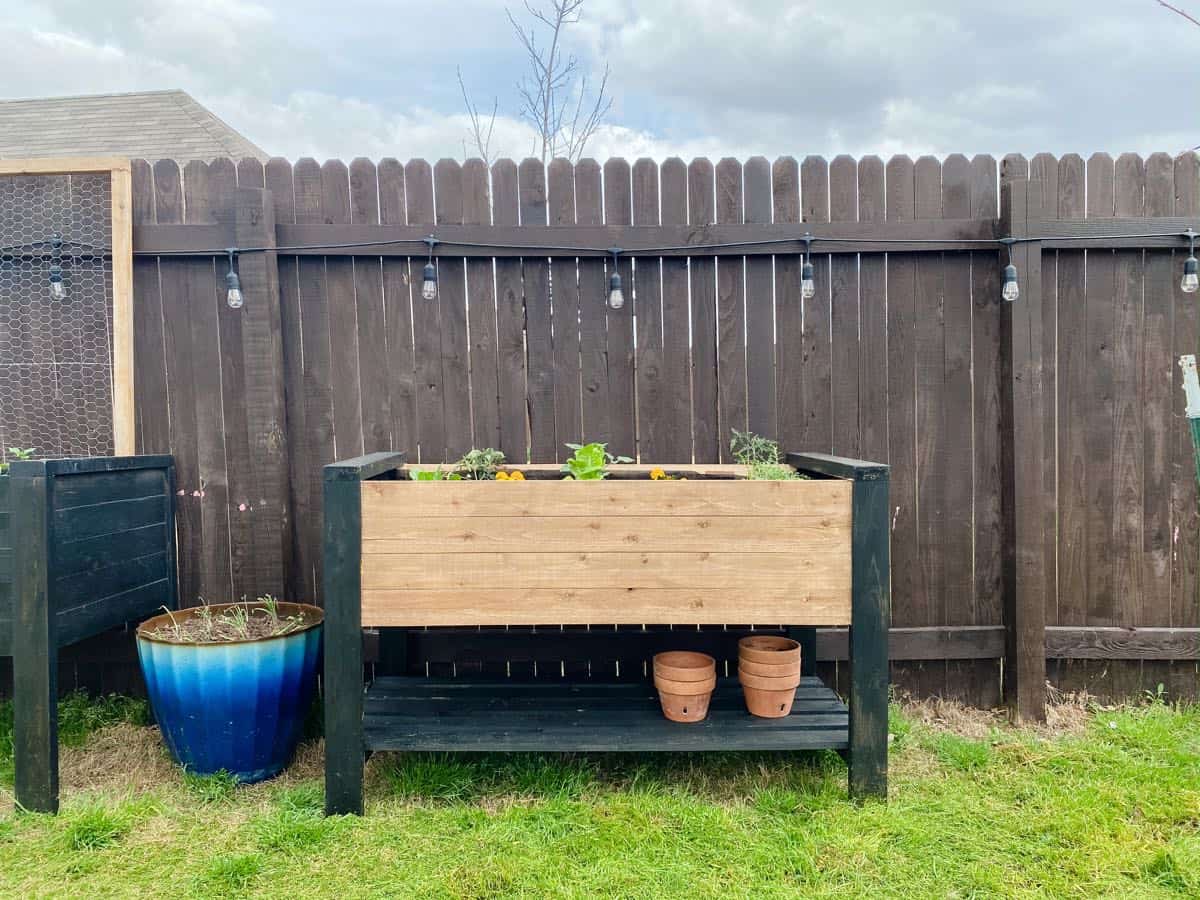
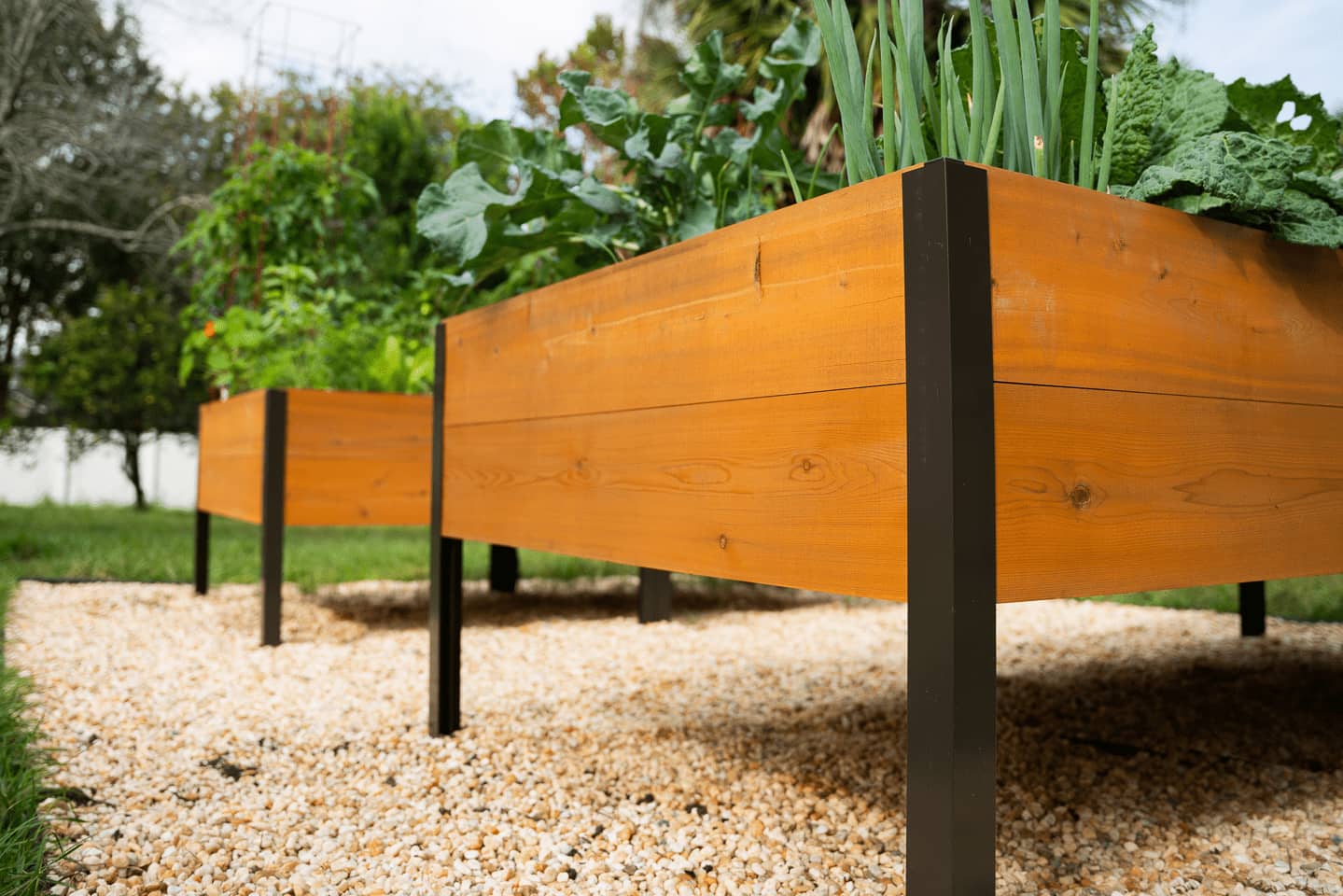
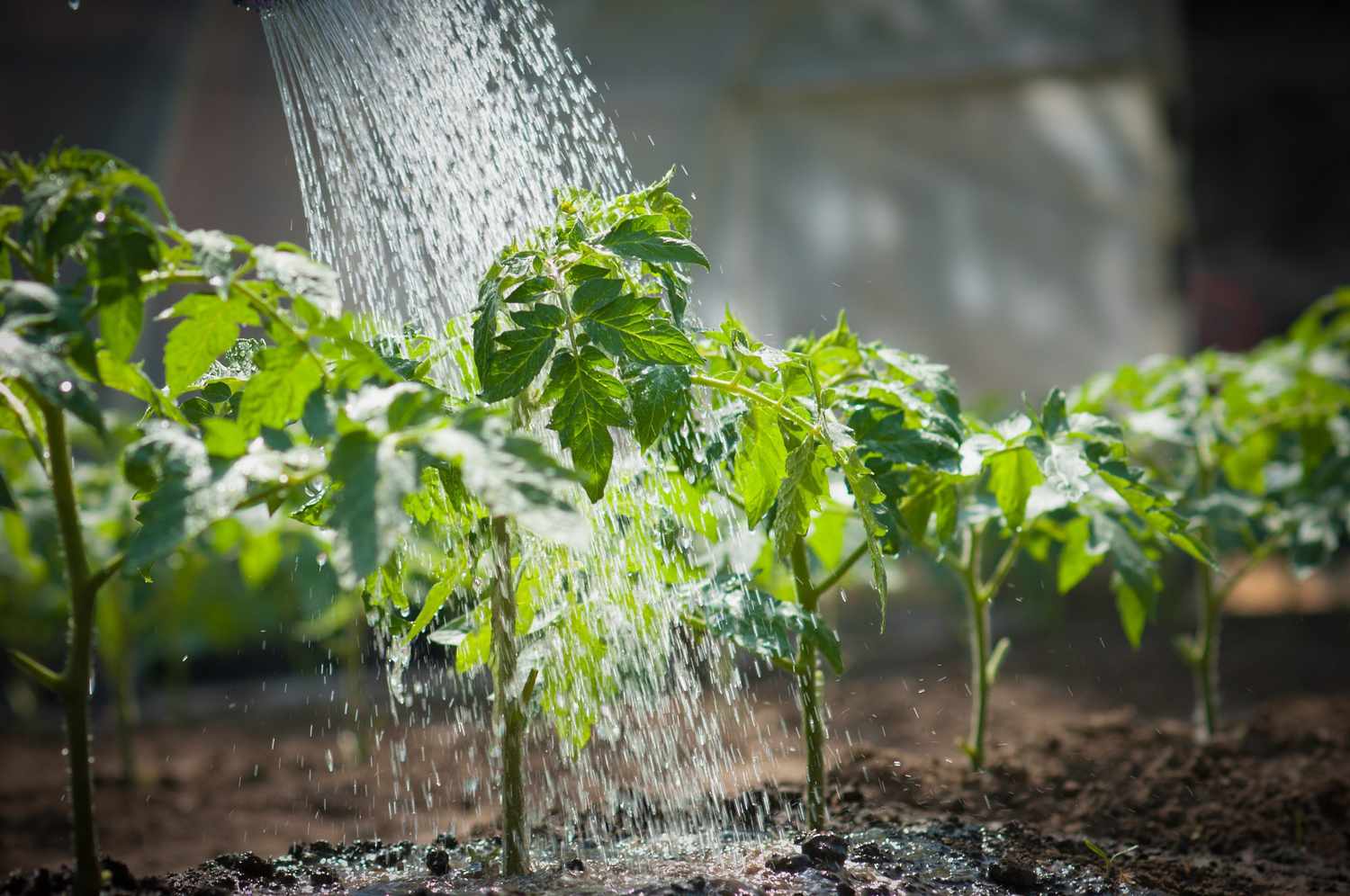
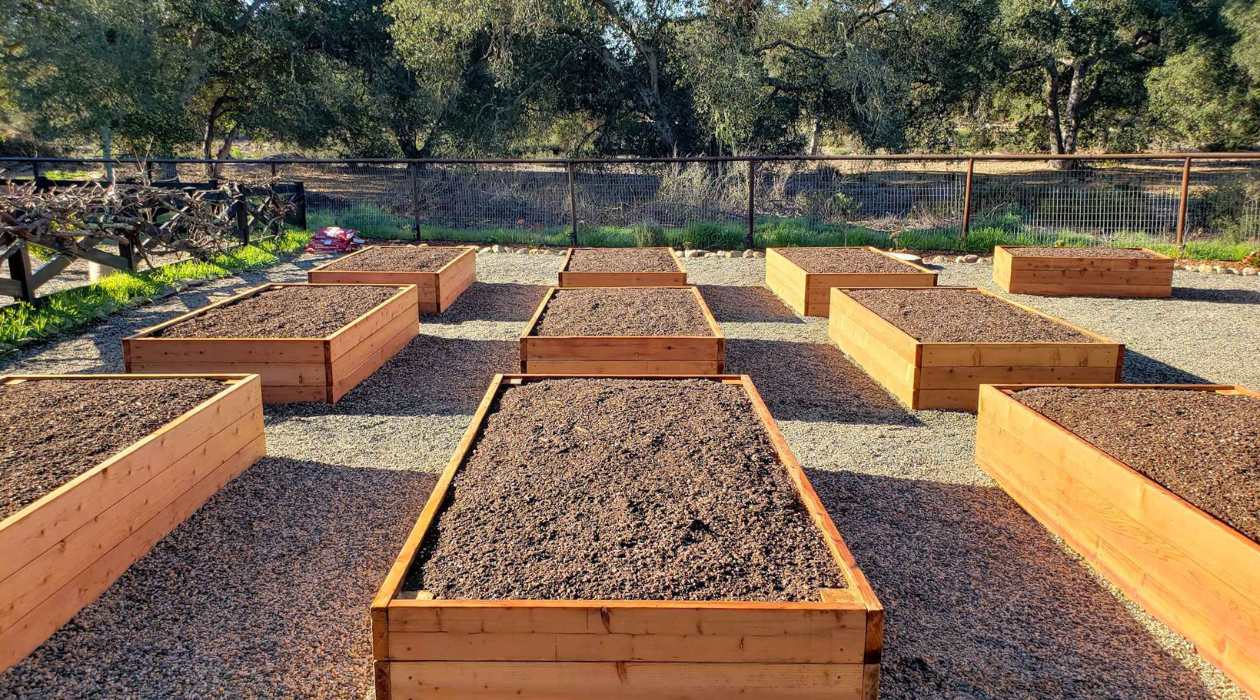

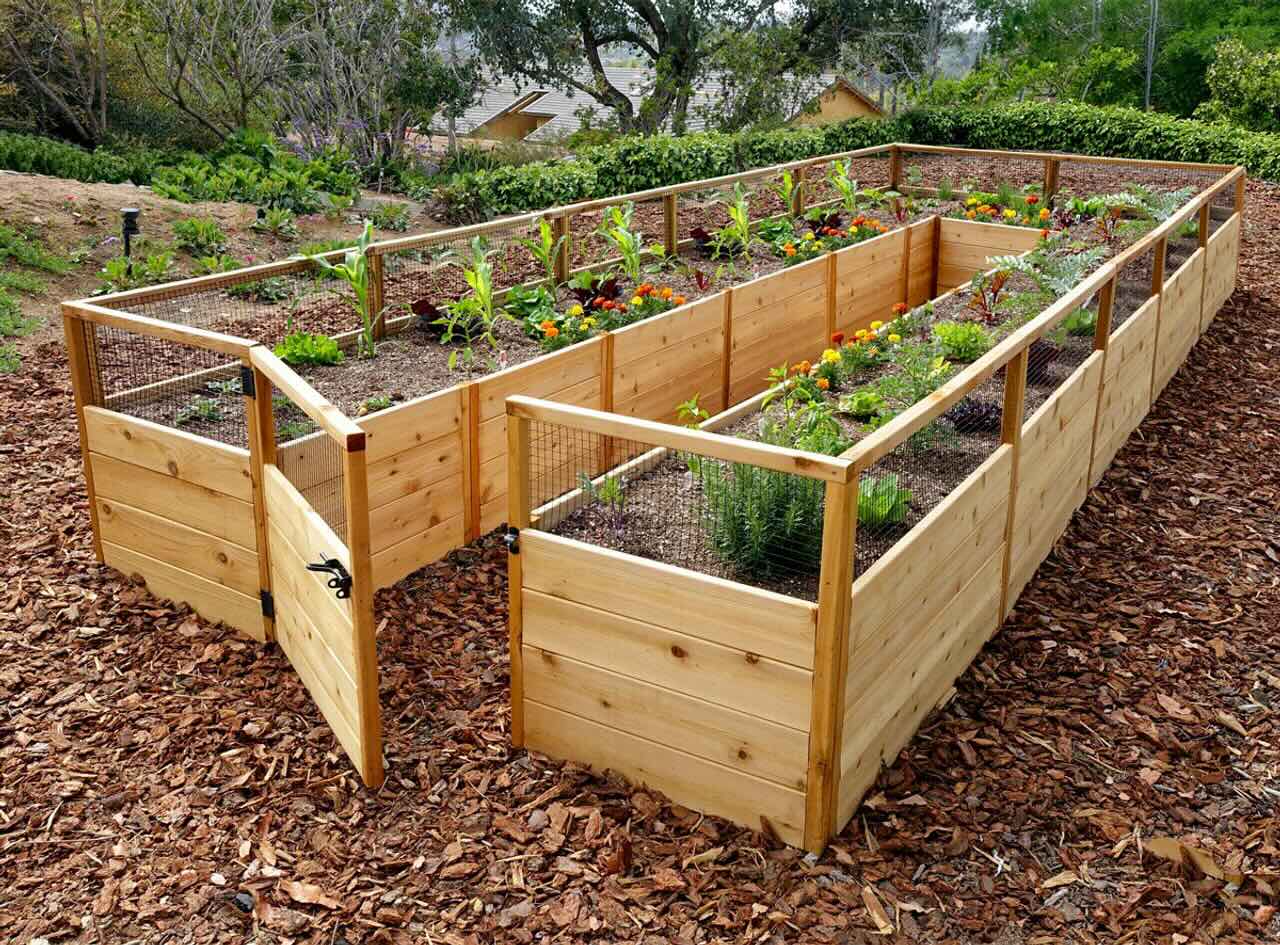
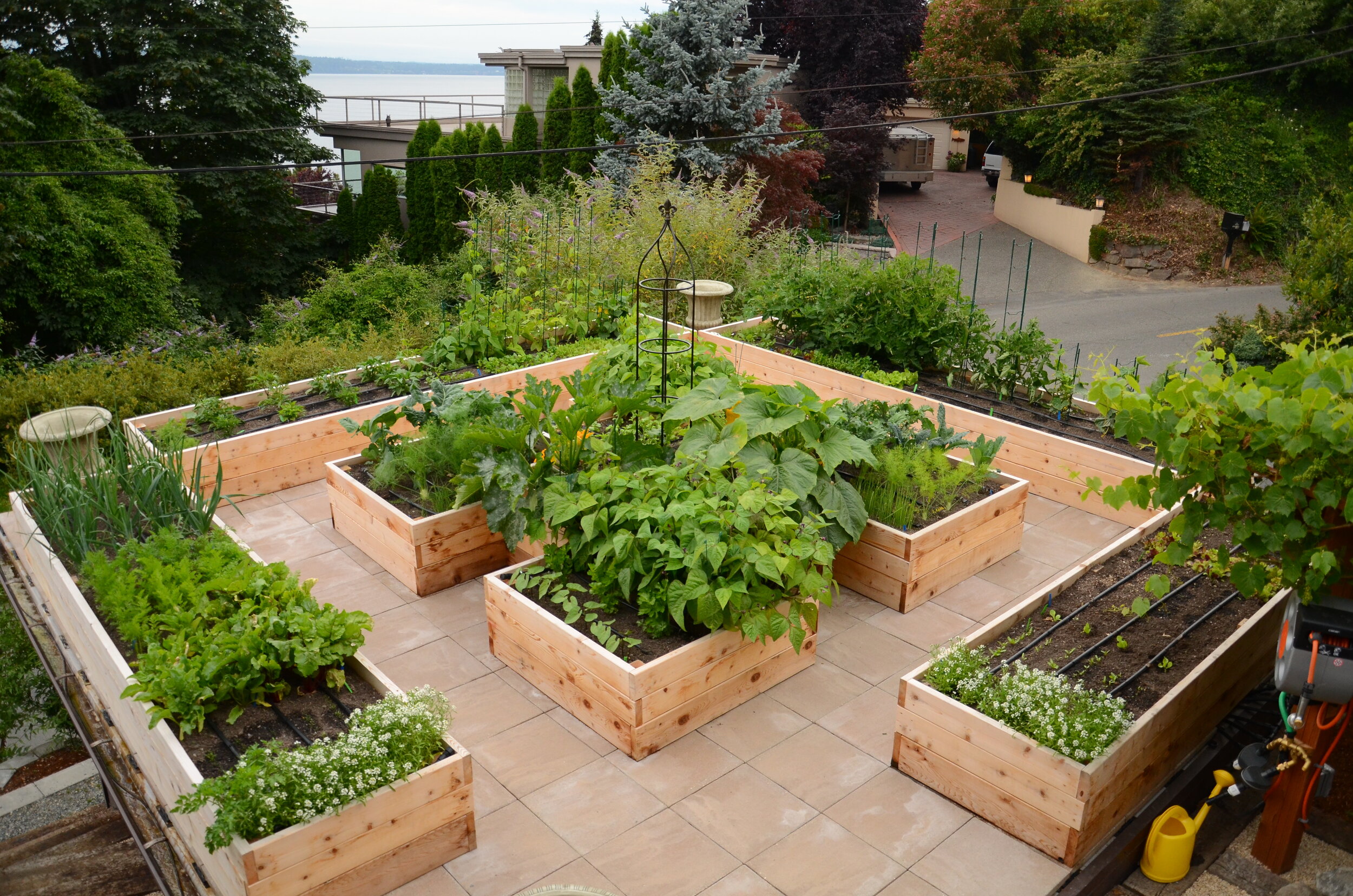
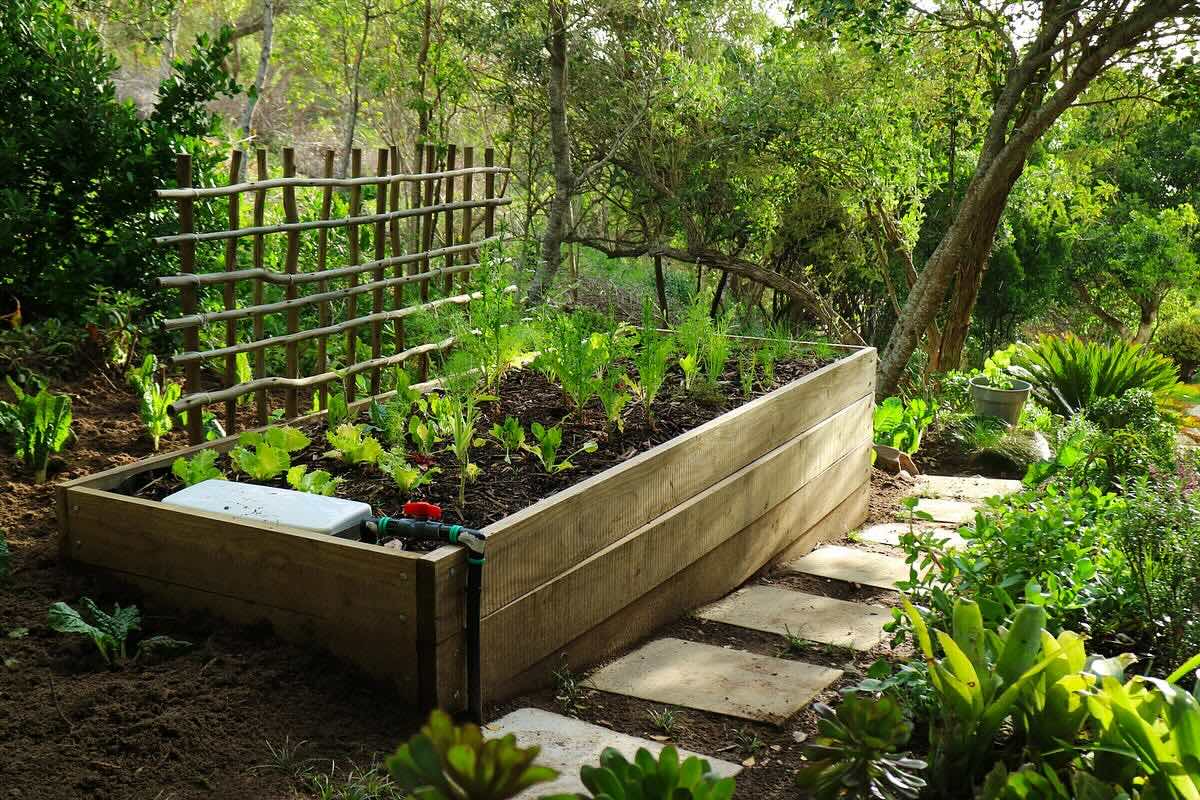


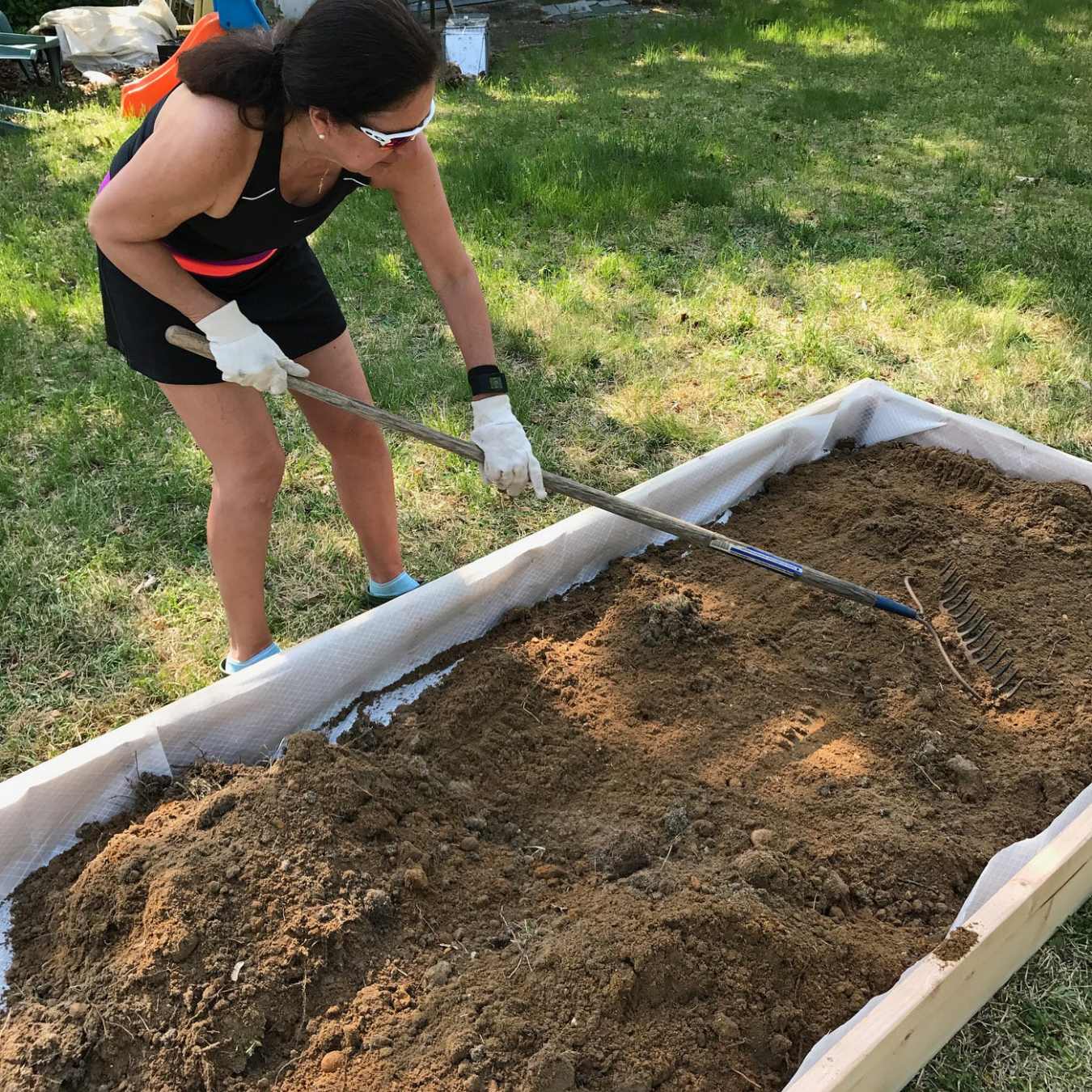

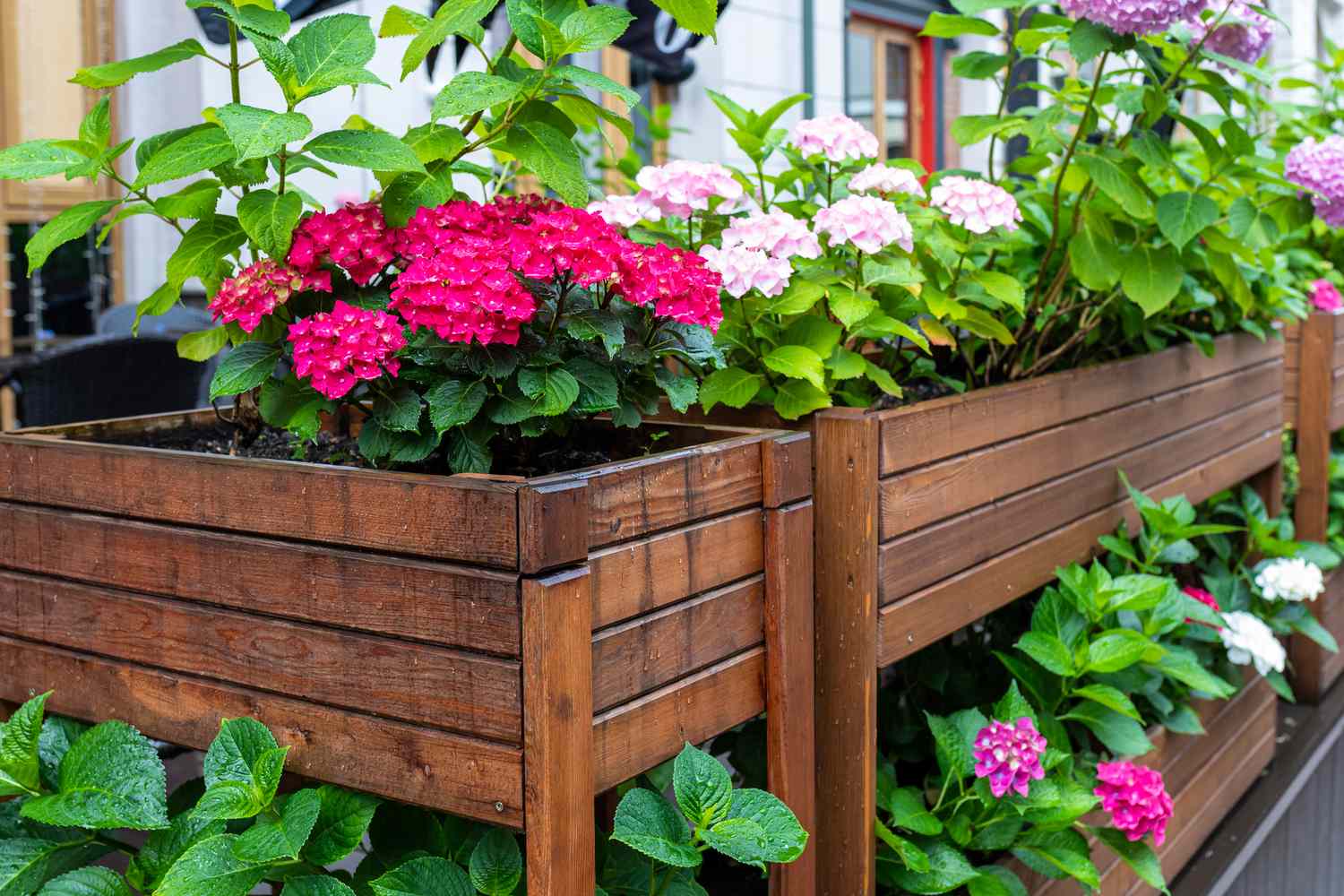

0 thoughts on “How Deep Should A Raised Garden Bed Be For Tomatoes”